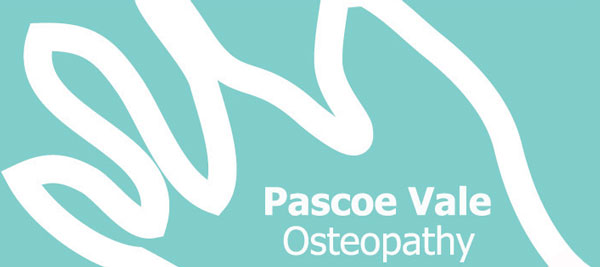Core Strength – why it’s important and how to get it!
Written by Dr. David Howard – B.Sc. (Clinical Sci.), M.H.Sc. (Osteopathy), B.App.Sc (Human Movement) from Pascoe Vale Osteopathy located in Pascoe Vale, Melbourne, Victoria, Australia.
Although we all love the idea of having a 6 pack and a flat stomach, doing lots of stomach crunches isn’t the key to strengthening the mid section – focusing on the core is! Not only does having a strong core act like a corset tightening the midsection, it is also vital in preventing lower back pain and injury. Strong core muscles are your own internal back brace when lifting or going about your everyday activities. This type of exercise also trains you to be more conscious of your posture which further helps in preventing injury.
The Muscles
The function of the core muscles is to stabilise movement of the lumbar spine and pelvis before and during any movement. There are two types of muscle fibres in the body – fast and slow twitch fibres. Fast twitch fibres can be found in muscles like the biceps whose function predominantly involves short, fast and strong contractions (i.e. when lifting something). Slow twitch fibres are your postural muscles like those of the core, whose function is to contract softly yet over a long period of time. The exercises therefore to strengthen the core are slow and controlled and initially require a lot of concentration to do correctly.
The key muscles of the core are the Transversus Abdominus, Multifidus, Internal Oblique and the pelvic floor. When all of these muscles contract together, they produce pressure within the abdomen which stabilises the lumbar spine. This core ‘protective system’ is very intelligent – as you think of performing a movement, the muscles contract ready for when you do the movement.
Since these muscles have a postural and stabilising function, they need to be strengthened when your spine and pelvis is in the correct alignment. These muscles don’t need great strength but instead need endurance. The key to training the core is doing it regularly, carefully and correctly.
The basic contraction
*Lie on your back with knees bent
*Your lower back should be neither arched nor flattened against the floor, but aligned normally with a small gap between the floor and your back. This is ‘neutral’ spine.
*Breath in deeply and relax all your stomach muscles
*Breath out and, as you do so, draw your abdomen below your belly button back towards your spine (i.e. like you are trying to zip up tight jeans)
*Breath in and out normally whilst holding this contraction for about 10 seconds
*Repeat 5-10 times
*It is vital that this is done correctly in order to get the most benefit.
Some points to keep in mind
*Visualise the deep abdominal muscles as a corset that wraps around the abdomen
*Place one hand above the belly button and one below
*Only the bottom hand should be feeling the abdominals tightening
*You shouldn’t be feeling much of a contraction in the 6 pack muscles (above the belly button)
*You should be able to breathe relatively normally during the ‘hold’ phase of the contraction. If not, you may be trying to contract the muscles too hard
*Don’t hold your breath
*Don’t brace too hard, you are aiming for endurance not strength
*Don’t bear down (i.e. as if you are going to the toilet). You should feel a lifting of your pelvic floor, not downward pressure.
Taking it up a notch
Now it’s time to further challenge the core. With these next exercises start with the basic contraction, then:
*Slide one leg along the ground and return to starting position
*Let one knee drop out to the side then return to starting position
*Lift one foot, then the other, off the ground with the knee joints at 90 degrees
*With both feet planted, slowly raise the hips off the floor and move your pelvis towards the ceiling
Disclaimer: Information provided in this post is of a general nature and should not be used solely in place of individual advice from either myself or another medical professional. Pascoe Vale Osteopathy and Dr. David Howard will not take responsibility for any injury resulting from following information in this post.
Pascoe Vale Osteopathy provides osteopathic services to patients from a wide number of suburbs such as Pascoe Vale, Essendon, Essendon North, Moonee Ponds, Strathmore, Niddrie, Keilor, Coburg, Brunswick, Oak Park, Glenroy, Airport West, Travancore, Melbourne, Australia.
